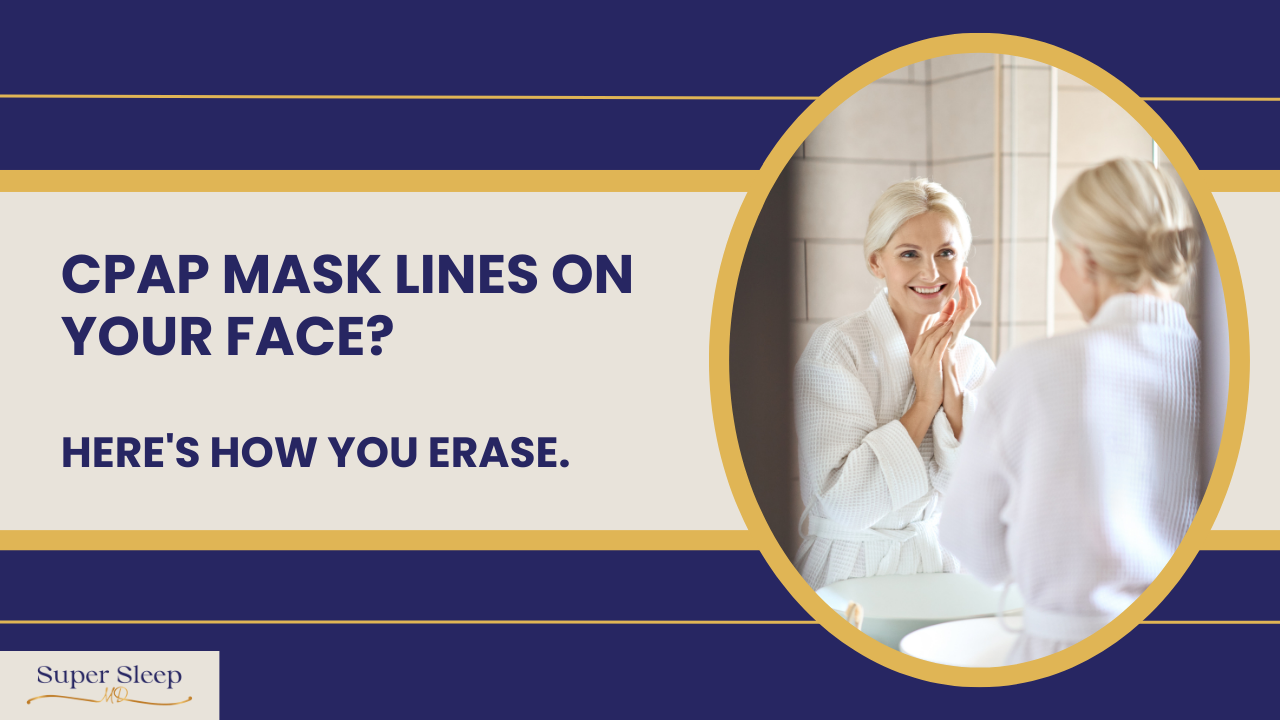CPAP Mask lines
Mar 04, 2023
Are you waking up with mask lines on your face? It’s like a stamp that reveals you have sleep apnea to those who recognize what the lines mean. You’re in good company, then! But for people who don’t know the reason for the lines, they may wonder: Just WHAT have you been up to recently?
I want to give you a high-five because when I see mask lines it means the person is using their sleep apnea treatment throughout the whole night. Cheers for getting fully treated!
When you sleep, fluid in your body redistributes– more water moves to your upper body because you are lying down. Gravity strikes again! The skin on your face swells slightly, and the headgear straps leave their mark. If you want to put your best face forward, know that you can treat your sleep apnea throughout the night AND make those mask lines go away.
Try these tips. You may need a combination of things, but you don’t have to put up with the lines if you don’t want to.
- Make sure you are hydrated. Drink more water during the day and shoot for pale yellow urine.
- Reduce your salt intake, particularly in the evening. Reduce processed food intake–these foods often contain lots of sodium.
- Avoid snacking late in the evening.
- Cut back or cut out alcohol.
- Use a mask liner or a mask strap liner that gives more cushioning to your skin. Search “CPAP mask liner” or “CPAP strap cushion.” You can also experiment with making your own cushions (such as cutting off the toe of thick baby socks and slipping them over the straps that go across your cheeks).
- Press a washcloth wet with hot water on the impressions.
- Use a cold roller (such as a jade roller) or a cold gel pack on your face for a few minutes.
- Wake up a little earlier and get your blood flowing with exercise.
- Use a facial moisturizer with caffeine in the morning. Gently rub in a circular motion. Applying used tea bags or coffee grounds to the area may also work.
- Sleep on your back (or at least not on your stomach).
- Treat allergies.
- Loosen your straps a bit, but watch out for air leaks.
- Change to a different mask or different headgear configuration.
- Check out a Bleep CPAP mask or FitLife CPAP mask.
You've got sleep problems...
so is it time for a sleep study?

